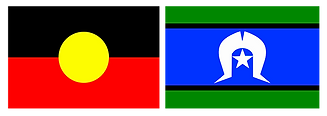
Country
Seasonal calendars
Outcome
Science: Stage 2 Earth and Space
Outcome: Describes some observable changes over time on the Earth’s surface that result from natural processes and human activity ST2-8ES
Content: Earth's surface changes over time as a result of natural processes and human activity.
-
investigate how change in the environment is used by Aboriginal and Torres Strait Islander peoples to develop seasonal calendars

Story sharing - students share their experience of seasons and different climates.

Learning Maps - students plot the observations they will make throughout the year in order to compile a seasonal calendar.
Activity
Other resources:
Forget the Four Seasons in Yarning Strong: Land Anthology (Pascoe, 2011, p. 29-32)
Walking with the Season in Kakadu by Dianne Lucas.
Show the students the picture book An Aussie Year by Tania McCartney. Ask them what they know about some of the events that feature in the book including Survival Day and NAIDOC week. Discuss which months of the year are the summer months etc. How do students know when the season change in Sydney? Have they ever lived anywhere where the climate or the seasons are different? Give students plenty of time to share their stories.
Explain that different Aboriginal communities have their own seasonal calendars. Sometimes there are as many as thirteen seasons.
Students explore one of the two websites below:
Bureau of Meteorology: Indigenous Weather Knowledge
CSIRO: Interactive seasonal calendar
Discuss with students how they could create their own seasonal calendar for Manly. Will they monitor changing tides, night skies, trees, spider activity etc? How will they monitor them (draw observations, take photos, collect samples)? Each student should create a learning map (in their science journal) to show what data they will collect, and when. They will continue to collect and record data throughout the year.
A whole class, month by month, seasonal calendar should be compiled (bringing together students drawings, photos, samples etc.). At the end of the year students should be able to suggest where seasons might begin and end.


